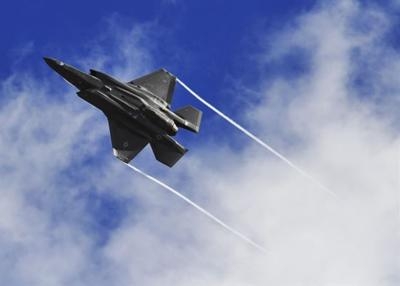Sat, Jul 15, 2017
Advertisement
More News
 KidVenture Educational Activities Lineup At EAA AirVenture 2025
KidVenture Educational Activities Lineup At EAA AirVenture 2025
Youth Explore With Hands-On Builds, RC Airplanes, Flight Sims, Much More KidVenture is located just north of the EAA Aviation Museum, at Pioneer Airport, and has arranged a myriad >[...]
 Aero-News: Quote of the Day (07.07.25)
Aero-News: Quote of the Day (07.07.25)
“About nine decades ago, Amelia Earhart was recruited to Purdue, and the university president later worked with her to prepare an aircraft for her historic flight around the >[...]
 Airborne 07.07.25: Sully v Bedford, RAF Vandalism, Discovery Moving?
Airborne 07.07.25: Sully v Bedford, RAF Vandalism, Discovery Moving?
Also: New Amelia Search, B737 Flap Falls Off, SUN ‘n FUN Unveiling, F-16 Record Captain Sully Sullenberger, the pilot who saved 155 people by safely landing an A320 in the Hu>[...]
 Aero-News: Quote of the Day (07.08.25)
Aero-News: Quote of the Day (07.08.25)
"It is critically important for North American flight safety that Temporary Flight Restriction (TFR) violations are avoided. All pilots must familiarize themselves with updates to >[...]
 Airborne-NextGen 07.08.25: Joby in Dubai, Army Electra, Archer iin Abu Dhabi
Airborne-NextGen 07.08.25: Joby in Dubai, Army Electra, Archer iin Abu Dhabi
Also: Hackers v Aviation, Discovery Moving?, Gogo Galileo HDX, EVE to Costa Rica Joby Aviation announced its electric air taxi successfully completed a series of VTOL wingborne tri>[...]
blog comments powered by Disqus




